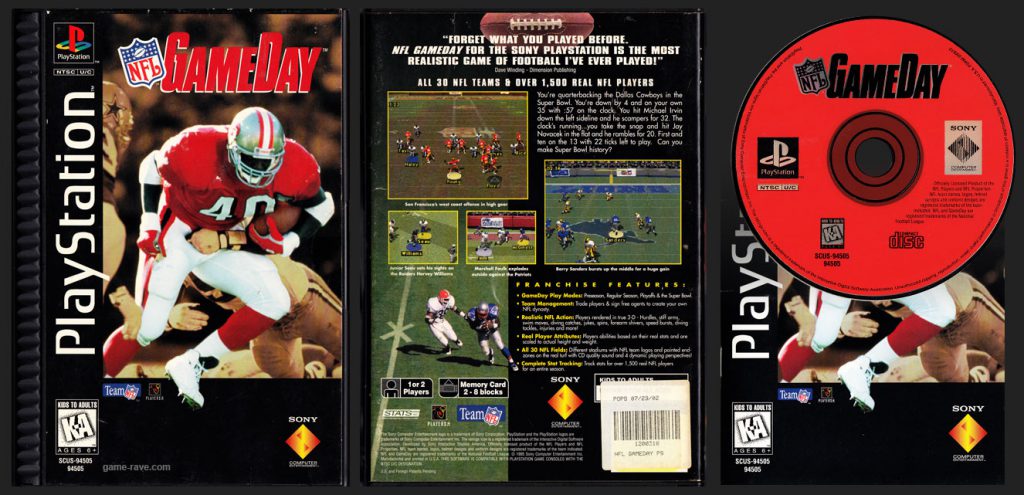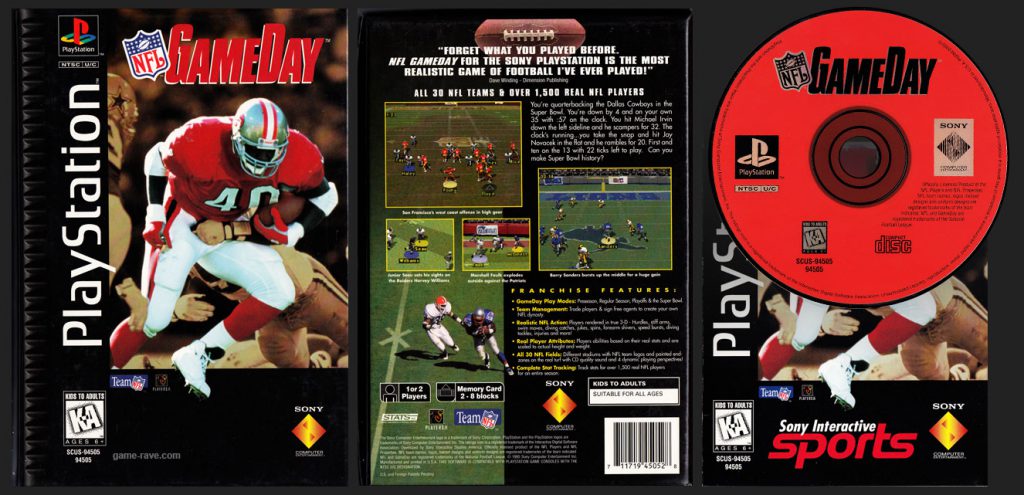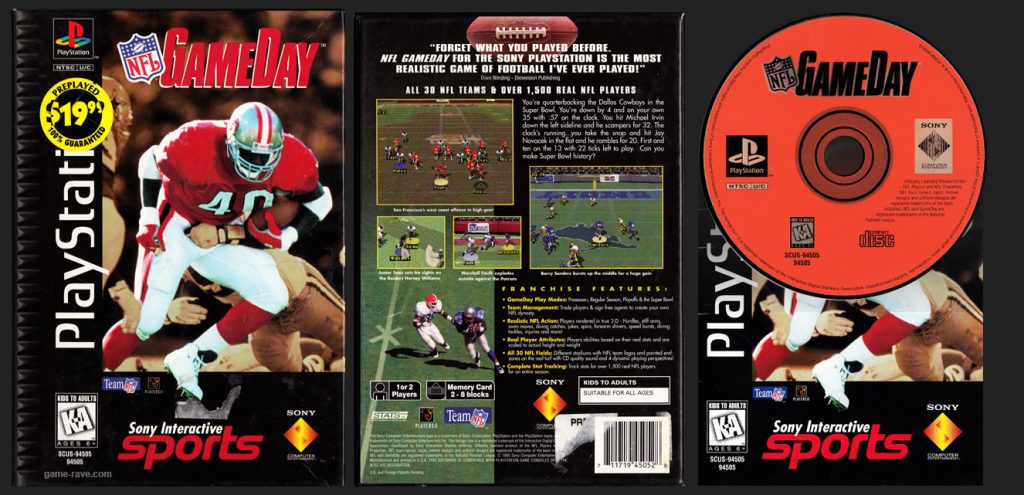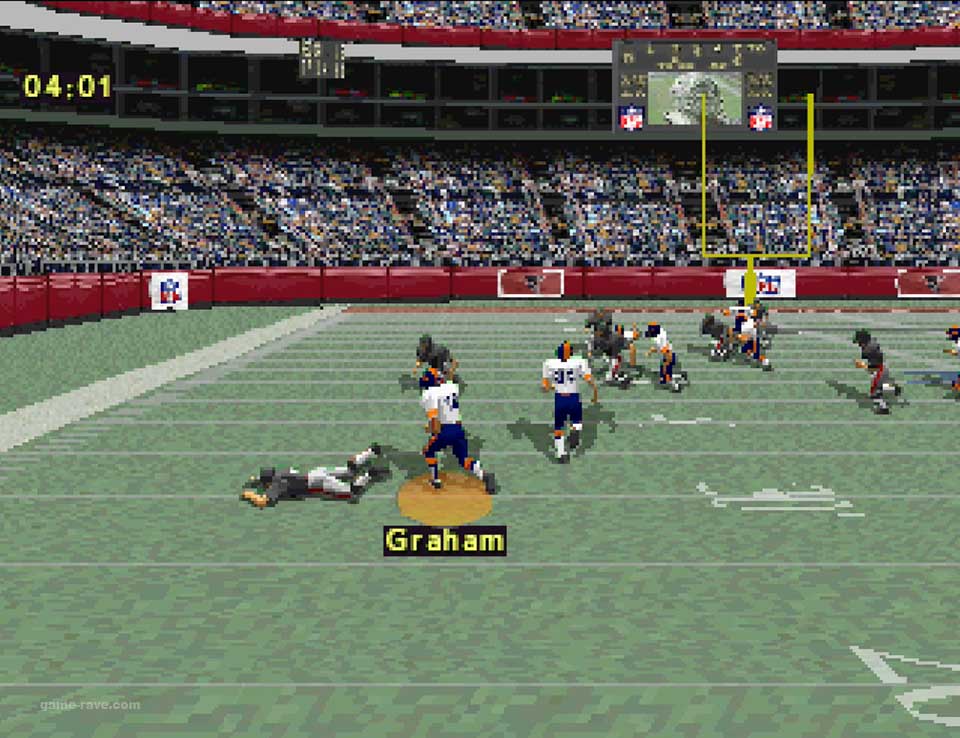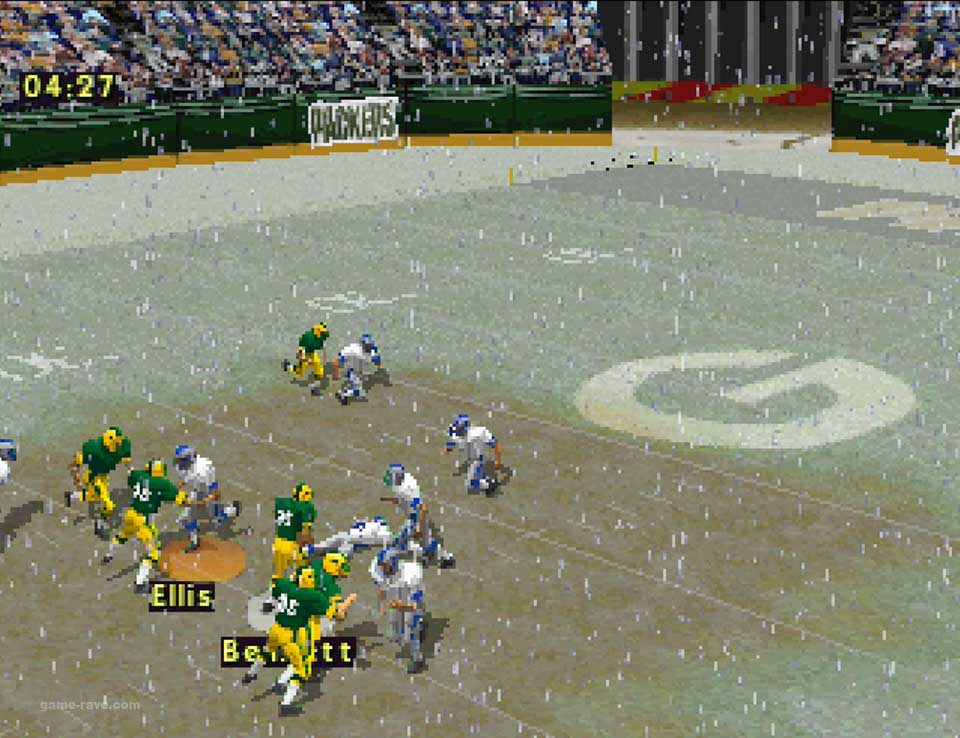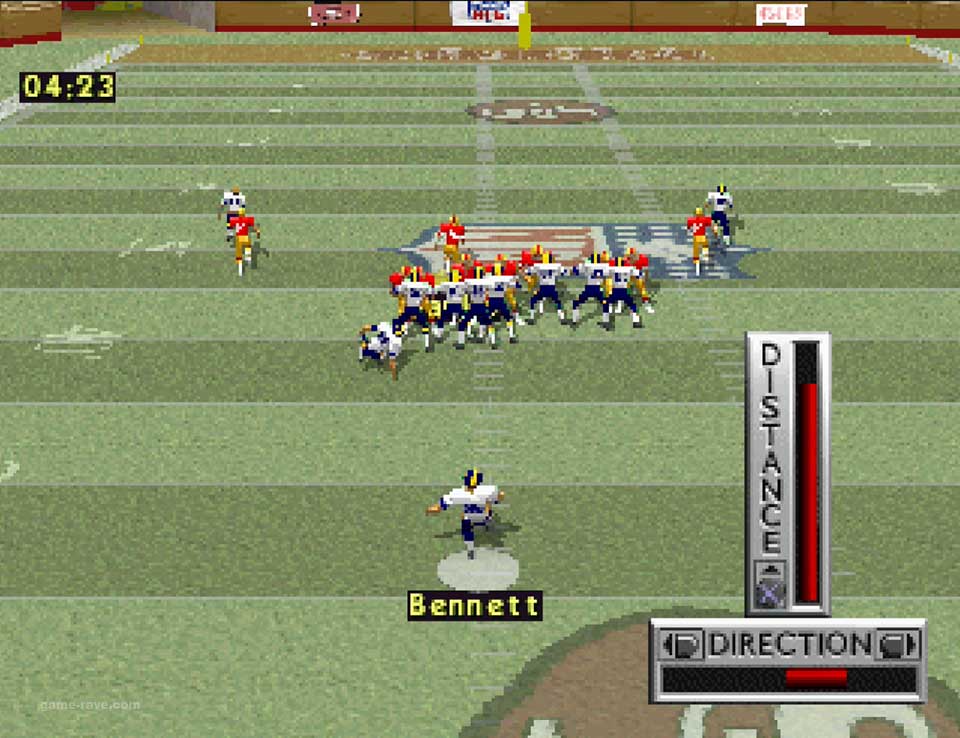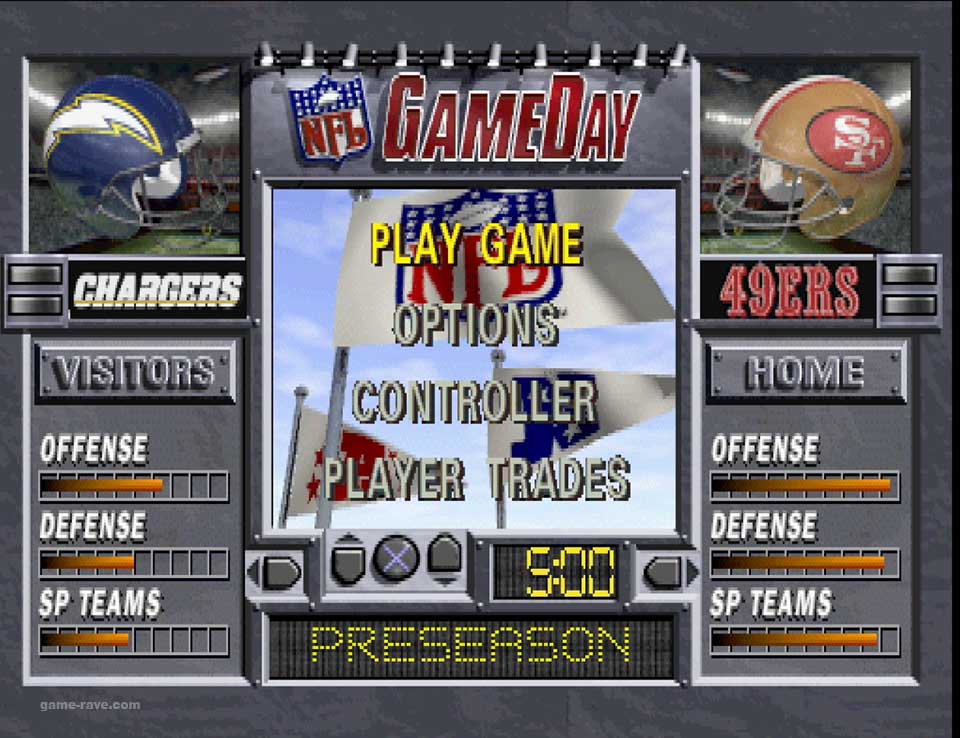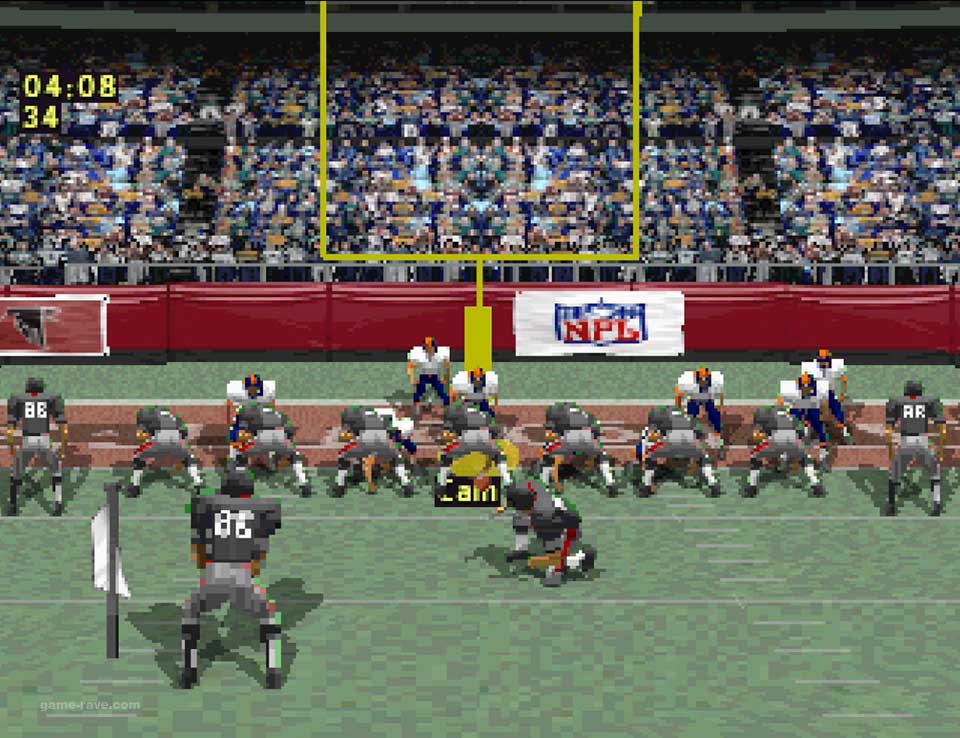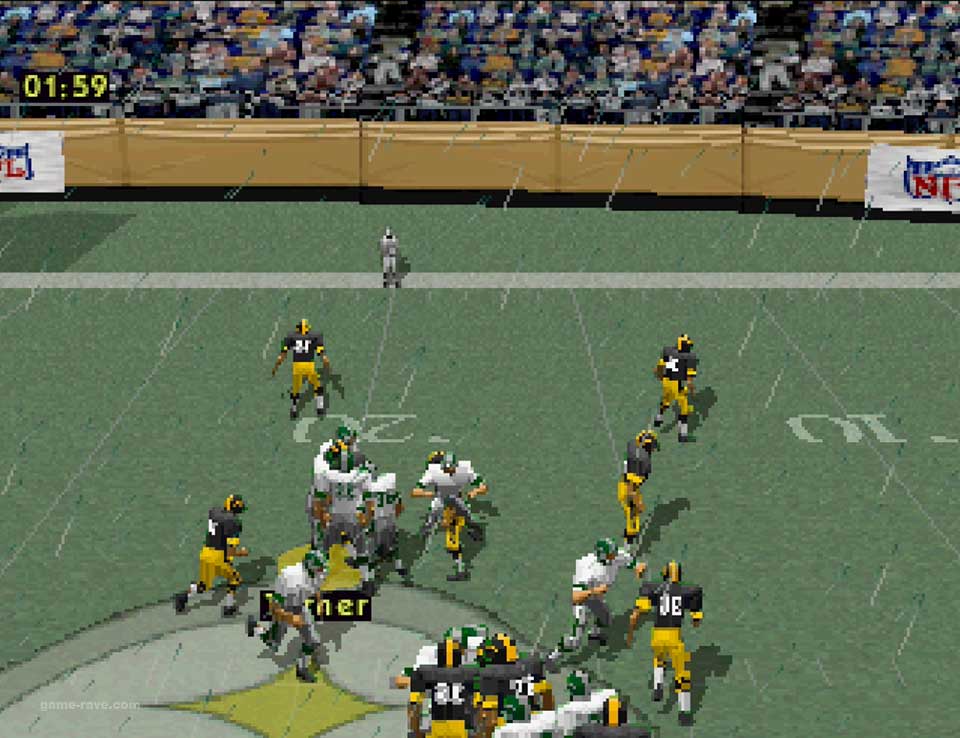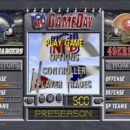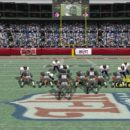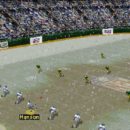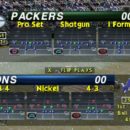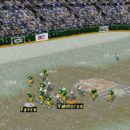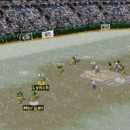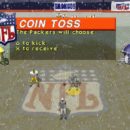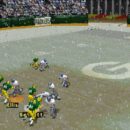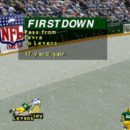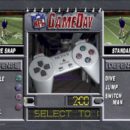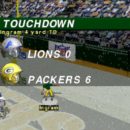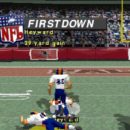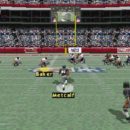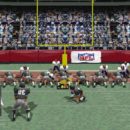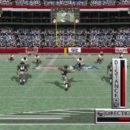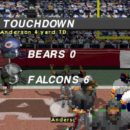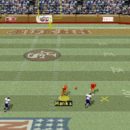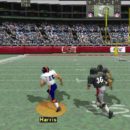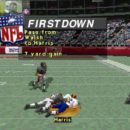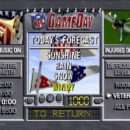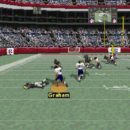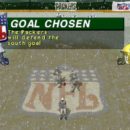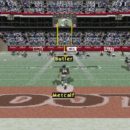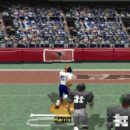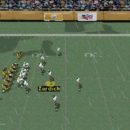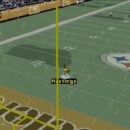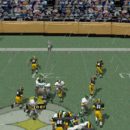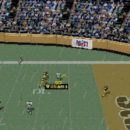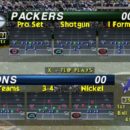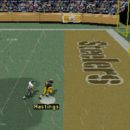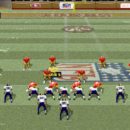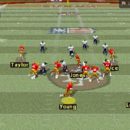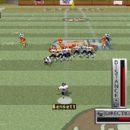| Genre: Football |
CDs: 1 |
|---|---|
| Publisher: Sony |
Released: November 21, 1995 |
| Developer: Sony |
UPC: 7 11719 45052 8 |
| Sony ID: SCUS-94505 |
PSRM: 000510 |
| Players: 1 to 2 Players |
Memory: 2 to 8 Blocks |
| Accessories: None |
|
| ESRB: Kids to Adults – No Descriptors |
|
| Box Copy:
“Forget what you played before. NFL GameDay for the Sony PlayStation is the most realistic game of football I have ever played!” – Dave Winding, Dimension Publishing All 30 NFL teams & over 1,500 real NFL players. You’re quarterbacking the Dallas Cowboys in the Super Bowl. You’re down by 4 and on your own 35 with “57 on the clock. You hit Michael Irvin down the left sideline and he scampers for 32. The clock’s running… you take the snap and hit Jay Novacek in the flat and he rambles for 20. First and ten on the 13 with 22 ticks left to play. Can you make Super Bowl history? Franchise Features:
San Francisco’s West Coast offense in high gear • Junior Seau sets his sites on the Raiders Harvey Williams • Marshall Faulk explodes outside against the Patriots • Barry Sanders bursts up the middle for a huge gain |
|
Variants
Besides switching to the Flat Cardboard long box, Sony added the Sony Interactive Sports logo to the manual.
And then they added it to the box and manual together.
The NFL Logo in the left corner of the manual got updated.
Added to the Greatest Hits library.
Misprints
- There are no known misprints.
Review
Video game systems in America require three game categories if they’re going to succeed; action, role-playing games, and sports. Everything else is wonderful bonuses. Sony knew this going into the PlayStation’s launch year and made sure they had their in-house development teams to handle the sports angle of the equation.
Released 3-months after the system launch, NFL Game Day was the company’s first attempt at appeasing the gridiron gang against EA’s juggernaut Madden NFL. In what can only be considered beginner’s luck, Sony would own the field in its rookie year with EA canceling the 32-Bit versions of Madden NFL 96. But was it for the best? Let’s dive in.
Once we’re in-game, things get a bit better and much weirder. For starters, there are only a few stadium wireframe models, just decorated with different textures. It’s not a knock against it, as this is the early days of PlayStation, but once you spot it, it’s all you see.
The actual stadium textures are quite nice and offer variety in the visuals. There’s not much going on on the sidelines, but again, this is looking back almost 30 years at the time of this review. What is shocking is just how well the weather graphics hold up. Not so much in the actual drops and snowflakes, but how well the different fields look based on the weather. Also, a nice touch is the direction of the weather pattern changes with the camera view. It’ll even be thunder and lightning during the rain. Eagled-eyed gamers will spot the lighting difference between outside and domed stadiums. The dev team gets a huge high-five for taking chances right out of the gate with the then-new series.
Athletes are still sprite-based, though there seem to be some video versions of them for the touchdown victory dances. There’s a good variety of animations to be had, and when the player is one-on-one with a defender there’s some great cohesiveness between the on-screen rivals. It’s only really a mess at the line of scrimmage, where after a hike the two sides just look like a garbled mess.
Sound is what you would expect for the genre. Lots of bone-crunching sounds, the crowd cheering and booing, and the heavy grunts of players as they get their bodies hammered into the turf. Musical cues kick in on successful scoring drives and there are even some minor crowd interactions as they stomp their feet and cheer on every pass.
In-game control is well enough as it is, but there’s a deeper, darker monster lurking in plain sight. We’ll get to that in a moment.
For the true gridiron fanatics, there’s not much to be found outside the basics. You have the pre-season (exhibition), season, and jumping right to the playoffs. Player trading is allowed, but it’s here where the game’s polish begins to lose its luster. There is a severe lack of quality control in the player photos; it’s not clear if Sony obtained these themselves or just took in what they could from whatever resources they could find. Once that observation is made, more parts of the game fall apart. There is a curious amount of text issues found in the various displays, both in spacing and capitalization.
Once we’re back into the main menu is where the true chaos of the game exists, and it’s what I alluded to earlier. NFL GameDay may very well have one of the most disastrous menu systems in the entire PlayStation library if not gaming in general.
Rather than say, a standard menu where you use the D-Pad to move and then two thumb buttons to accept and cancel, the developers applied each button area to a specific menu location.
Here in the main menu, the shoulder buttons on either side provide team selection. Up and down moves between choices in the center menu, left and right let you view team stats, and Cross accepts the choices to start the game. Did you figure out how to change the play mode?
Don’t worry if you didn’t, you have to press the Select button, which isn’t visually spoken on-screen. But it gets better. If we duck into the Options screen, rather than just be there, we have to Press Select again for the Memory Card and then again for the Password screen. This means Select is now an Accept button, Cross now returns, and different directions on the D-pad change 3 different options. The shoulder buttons now become on-and-off switches as well.
If we jump to the Controller option screen, pressing left will show you the various button presses for offense, but the right side only has one screen for defense. Referencing the manual, there are more controller functions than those shown, which begs the question of why aren’t they here on the controller screen. Someone without the manual wouldn’t know half the available moves in the game. As a petty observation, if you linger too long on any of the sub-menus, the game will automatically kick you back to the main hub.
To add insult to injury, when I originally couldn’t sort out the menu, I looked in the manual and Sony must have known they had a bad menu system. One of the first things you read is that they, and I quote, “…have developed an elegant user interface that allows you to waste little time…”
I genuinely laughed out loud when I saw that.
To close out the review we need to head back onto the field and discuss the gameplay. To start, it should be pointed out that in two different seasons, and several pre-season games, there were never any fouls called – at all. I was so confused that I intentionally went offside to see if it would be called and it was, along with a delay-of-game penalty. But anything else like passing interference, roughing the passer, or even a false start was never called. I took this to heart and would just tackle a potential receiver and need not worry about them completing the pass. I went so far as to use the GameShark Pro’s text search to verify there were fouls in the game; the text is there, but I could never get them called.
Second and more importantly is that the game does not have a clear understanding of what counts as a valid catch. It did not matter what the team ratings were; far too many passes would pinball off the intended receiver and just be intercepted or bounced off someone else. I could understand seeing it once every few plays, but after damn near every throw bounces off their helmet like an upright, it gets old fast.
At the time of its release in 1995, NFL GameDay was also alone in its play-calling. Both of its biggest rivals Madden NFL 96 and NFL Quarterback 96 were canceled that year, making Sony’s entry the only real big-name game to pick up. It was lauded by most pundits at the time, and from a historical point of view that vibes. It was a huge step up from the Super Nintendo and even 3DO offerings. But time can be a cruel mistress, and what once was a sense of the future now comes across as a lucky break for Sony’s past.
In the modern world, NFL GameDay sits in that awkward position of not being as diverse as its later contemporaries, but also not having that instant pick-up and play simplicity that allows the NES Tecmo Bowl to reign decades later. It acts more like a time capsule of football stats and the series’ rookie year when it had nothing to worry about. On the Game-Rave review scale, it’s an average of 5-out-of-10.
The Good
- Surprisingly good graphical details
- Audio is serviceable
- Funny little touches like the Win and Loss clips
The Bad
- Terrible menu system
- Fouls seem to not exist
- Bare bones in the mode selection
Final Score: 5/10 – Average
There are far worse choices for football on the PlayStation, but the rookie era of NFL GameDay isn’t as rosy as one would remember.
Screenshots
Videos
NFL GameDay was featured as having one of these silly things I adore. on the GameRaveTV episode, and I even reviewed it!
Trivia
- There are several case typos and letter spacing issues in the in-game play result text boxes.
- When it’s raining, thunder and lightning will sound if a ball carrier is tackled hard enough.
- The menu system features a nifty visual trick. Check out the Media Tab and watch the GameRaveTV episode to see it in motion.
Secrets
NFL GameDay has some fun secret options buried in the somewhat buried Password screen.
Unlockables
- See All Video Clips
Reset the PlayStation and hold L1+L2+R1+R2. As long as you continue to hold the shoulder buttons, the game will run through all the available clips. If you let go at any time, it will default to the opening credit screens.
Passwords
To access the Password screen, from the main menu choose Options and then press Select twice. All passwords (shown in blue) must be entered in all caps. Some will include a period between words.
- BIG.BOYS
Players are bigger, but the punter is still small! - CANNON.ARM
Quarterbacks get a little more pizazz on their passes. - CRUNCH.TIME
Dive tackles hit harder, causing players to skid across the field after being hit. - DEFENSE
Increase defense’s abilities. - JUICE
Pressing Cross while in a play will make your player run way faster. - OFFENSE
Increase offense’s abilities. - PICK.CITY
Increases the number of interceptions possible in a game. - SKELETON
My favorite password in the lot. Play an exhibition game with the new teams Reapers and Boneheads. You will play in the BoneBowl Stadium and both sides look like skeletons. Player names are of the development team on one side and then backwards names on the other. - STEROIDS
Special moves like the stiff arm are more effective. - STICKUM
Lowers the possibility of fumbles.






